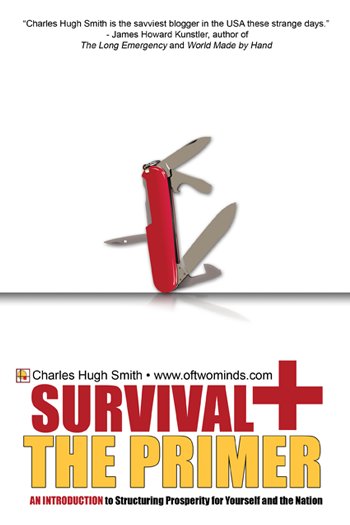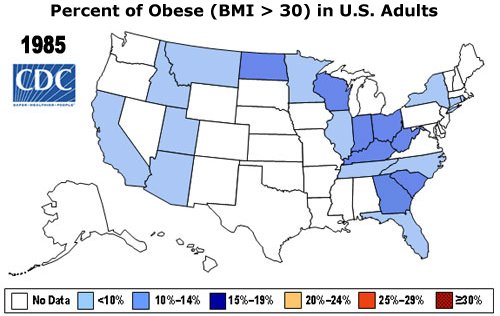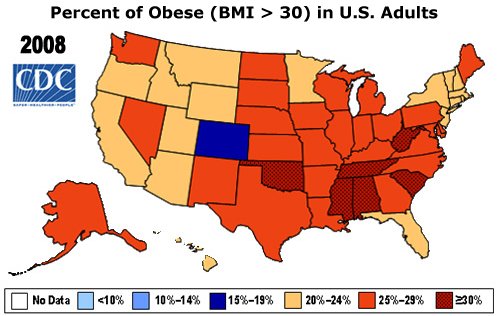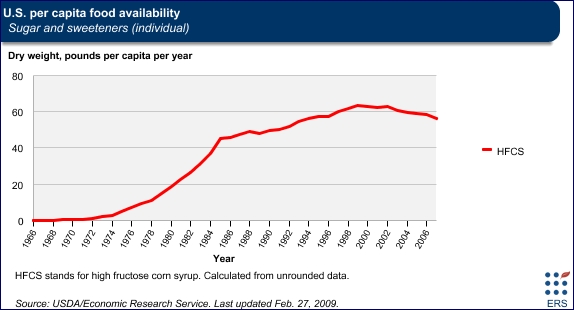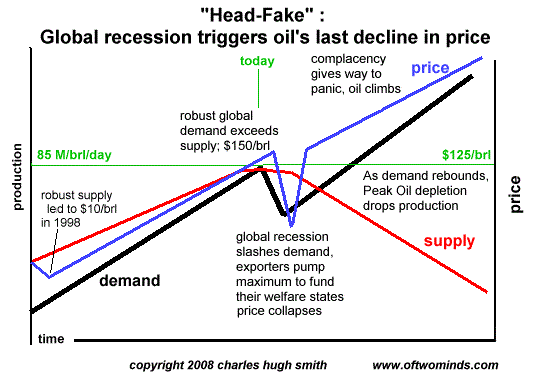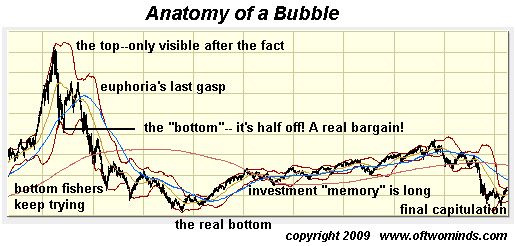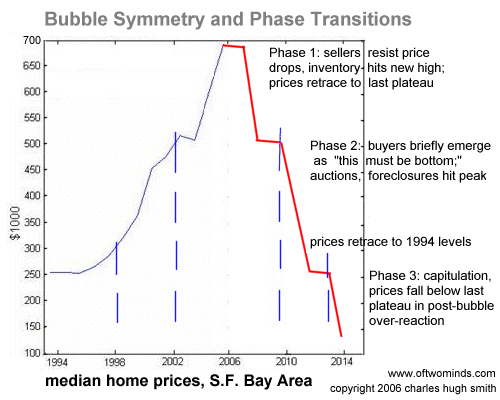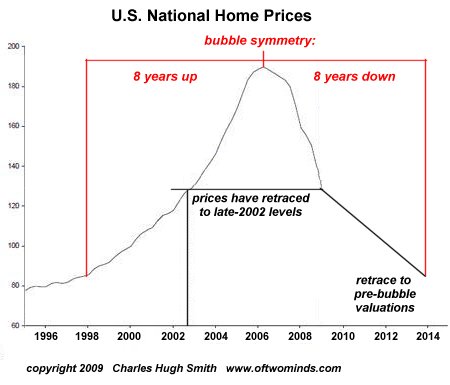Introducing Survival+ The Primer
For those understandably daunted by the 396-page brick that is the full Survival+, I've put together a short 134-page Primer. Since not everyone wants to chew through a 396-page book, I've assembled an introduction I've titled Survival+ The Primer. Why I created Survival+ The Primer Reader feedback persuaded me that a 396-page book is a justifiably daunting prospect for many, and so I decided to create an Introduction to Survival+ that is only a third the length (48,000 words, 134 pages) of the full version. It is not a summary--there is simply no way to summarize 396 pages into 134 pages--butThe Primer serves to introduce key Survival+ concepts and principles for a modest cost: $5.95 for the ebook or $9.95 for the print version. Those seeking a quick read will find The Primer fits the bill. It is both a stand-alone work and an introduction to the full version. There are four ways to get a copy: 1. Survival+ The Primer (amazon.com, USA and Canada) $9.95 USD I have no idea if the world needs a short version of Survival+ or not, but the only way to find out is to publish it and see what happens. My own guess is that it might fill a niche for those who would like to give another reader something shorter and therefore more readable than the full version. Here is the Primer's introduction: Survival+ The Primer is an introduction to many of the key concepts of the full 140,000-word book. While it is impossible to distill all the ideas into a short primer, we can at least address these key understandings: -- The status quo of a rapidly expanding Savior State in thrall to global cartels is heading for inevitable insolvency -- Though the devolution and insolvency of the debt-based status quo is driven by large-scale forces, the opportunities will be small-scale and open to individuals, families and communities. -- Though the forces at work are global, we are not powerless. As individuals, we have the power to create our own transformation. This can be expressed very simply: we are what we do every day. In a very real way, we "vote" for our health by what we choose to put in our mouths three times a day, just as we "vote" on which kinds of food and companies we support when we buy the food. Every purchase we make is a "vote" for or against a high-cost, debt-serf lifestyle that serves the interests of Power Elites and cartels. Every hour we spend "consuming" mass media "entertainment" is a "vote" in favor of passivity, powerlessness and propaganda. Every time we turn off the mass media we are "voting" for our own productivity and well-being. Every time we offer our effort to others in voluntary social networks, we "vote" for the reciprocity and trust which are the foundations of sustainable communities. Every vote for the incumbent politician is a vote for a doomed status quo that is in servitude to Power Elites (with rare exceptions). Readers of my weblog often ask for a "checklist" of specific recommendations: jobs to seek, the best locales to move to, etc. But no checklist can apply to us all; we're each a unique mix of interests, talents, history and family/social networks. The only person who can sort out what's best for you is you. What I can offer is a set of "first principles" which can help guide our analysis and decisionmaking in the Great Transformation ahead. If it flops, oh well, failure is our most valuable experience... and yes, eventually I will look into the ePub format which Apple will use for its new iPad reader. Housekeeping notes: 1. My shipment of books finally arrived. After a 3-week comedy of errors and mishaps, my shipment arrived yesterday and I started sending out signed books to contributors. Thank you for your patience! 2. There are at least two remaining U.S. manufacturers of laundry appliances: Speed Queen and Staber Industries. Thank you, Peter C., for bringing this company to my attention. 3. Due to my currently insane workload, it is impossible for me to reply to emails individually for awhile. To those of you who can work 65-70 hours a week, week in, week out, month in, month out, while retaining your sanity and health, I commend you. Alas I am a mere mortal, with a livelihood to maintain beyond this blog and my writings, and non-stop workloads of 65+ hours a week break me. I am writing this at 4 a.m. having slept 8 hours in the past 48 hours, and that is unsustainable, at least for me. Your correspondence is an essential part of the collective intelligence of this site, and of my own continuing education. So please know that your email will be read and appreciated even though I can only issue this blanket statement of acknowledgement. Please accept my apologies for the absence of a personal response. 4. If you send me a report/commentary/link, please consider posting it to the DailyJava.net forum as well. I can only reprint about 1% of the emails I receive, so please do other readers a favor by logging into the forum and posting your informative email on a thread. It only takes a moment to register; select an appropriate thread, or go to "Charles Smith" and select the "daily blog" thread as a default. 5. If you haven't visited the forum, here's a fun place to start. Click on the link below and then select "new posts." You'll get to see what other oftwominds.com readers and contributors are discussing/sharing. DailyJava.net is now open for aggregating our collective intelligence. Of Two Minds is now available via Kindle: Of Two Minds blog-Kindle
2. direct from the publisher $9.95 USD
3. Kindle ebook $5.95 USD
4. Ask your library to order a copy.With crisis comes opportunity for positive transformation: this is the central theme of Survival+: Structuring Prosperity for Yourself and the Nation which I published in October 2009.
Order Survival+: Structuring Prosperity for Yourself and the Nation and/orSurvival+ The Primer from your local bookseller or from amazon.com or inebook and Kindle formats. A 20% discount is available from the publisher.
Thank you, Cheri H. ($5/month), for your extremely generous subscription to this site. I am greatly honored by your support and readership. Thank you, Roger H. ($20), for your ongoing great generosity to this site. I am greatly honored by your support and readership.




















